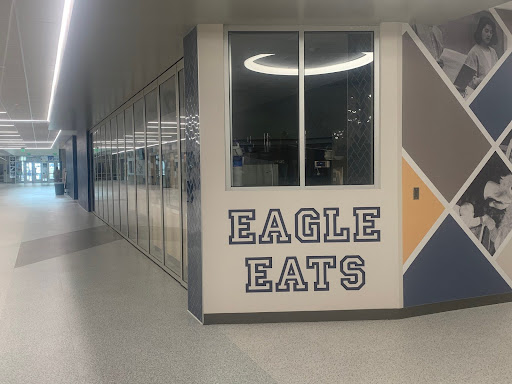Besides politics, gun laws, and other heated debates, what the real news is, is the recent Catholic school shooting in Minneapolis. This story has shaken communities across the country. For many people, especially Catholic educators, this tragedy hits especially close to home, raising urgent questions and fear, not only about safety but also how faith and prayer help this community withstand this misfortune event and remain close-knit. A main question is how can Catholic educators help students process fear.
At St. Vincent’s de Paul Catholic School, located in Holladay, Utah, three staff members shared their reactions and reflected on how this act of violence affects them as teachers and mentors.
“I choose to not engage at this time. […] I’ve heard of so many of these in the past that I’m trying to not take it in and internalize it,” said Kimberly Howe, a middle school teacher at St. Vincent’s Catholic School. She added, “As a teacher and especially as a teacher who has kids in the same school as her, it’s really scary to think about.”
While fear and unease are natural, educators still feel the need to guide their students through conversations about safety and resilience, as well as how to emphasize the importance of letting students lead difficult conversations. ”I do think we should be having conversations, but I think a lot of it should be led by the students and not necessarily led by us,” Howe said, making the point of still exposing students to this while keeping the kids’ well-being in mind.
For others, prayer and conversation about this remain an essential tool. Rachel Nemelka, who teaches English at St. Vincent’s, reflected on support shown around the community and the impact and affect it’s had on others around her. She said, “Honestly, it’s been really nice to have so many people talking about this shooting in particular. As you pray about it, as you have faith in it, it is in your brain. And I personally believe those types of prayers are supporting those people.”
Still, Nemelka acknowledged the limits of prayer without action. “Prayers will not bring back the lives of those people. Thoughts and prayers, along with action—that’s where the change comes from.”
School counselor and administrator Kerry Hankins pointed out that safety isn’t to be questioned at St. Vincent’s. The school has hired off-duty police officers to monitor during mass, locked all extra entrances, and made visible security a priority. However, Hankins did say that no community is fully shielded. ”It felt very close to home, like it could easily happen here, even though sometimes we think we’re in a little protected bubble. It just made me realize that nobody is safe all the time,” Hankins stated.
Hankins too wrestles with the role of faith, saying, ”Even though there’s been so much gun violence, and it sometimes seems like saying our prayers are with them does seem kind of empty… I wholeheartedly agree that prayer is not enough to change what’s happening. We need to put these thoughts and prayers into action.”
The teachers and staff at St. Vincent’s don’t all respond the same way, but their message is clear: Catholic schools are confronting violence with both faith and realism. Prayer may comfort communities, but it cannot be the only response.
As Howe put it simply, the lessons for students must be more than fear: ”It’s okay to have different opinions […] but how you go about it is really the important thing.”



